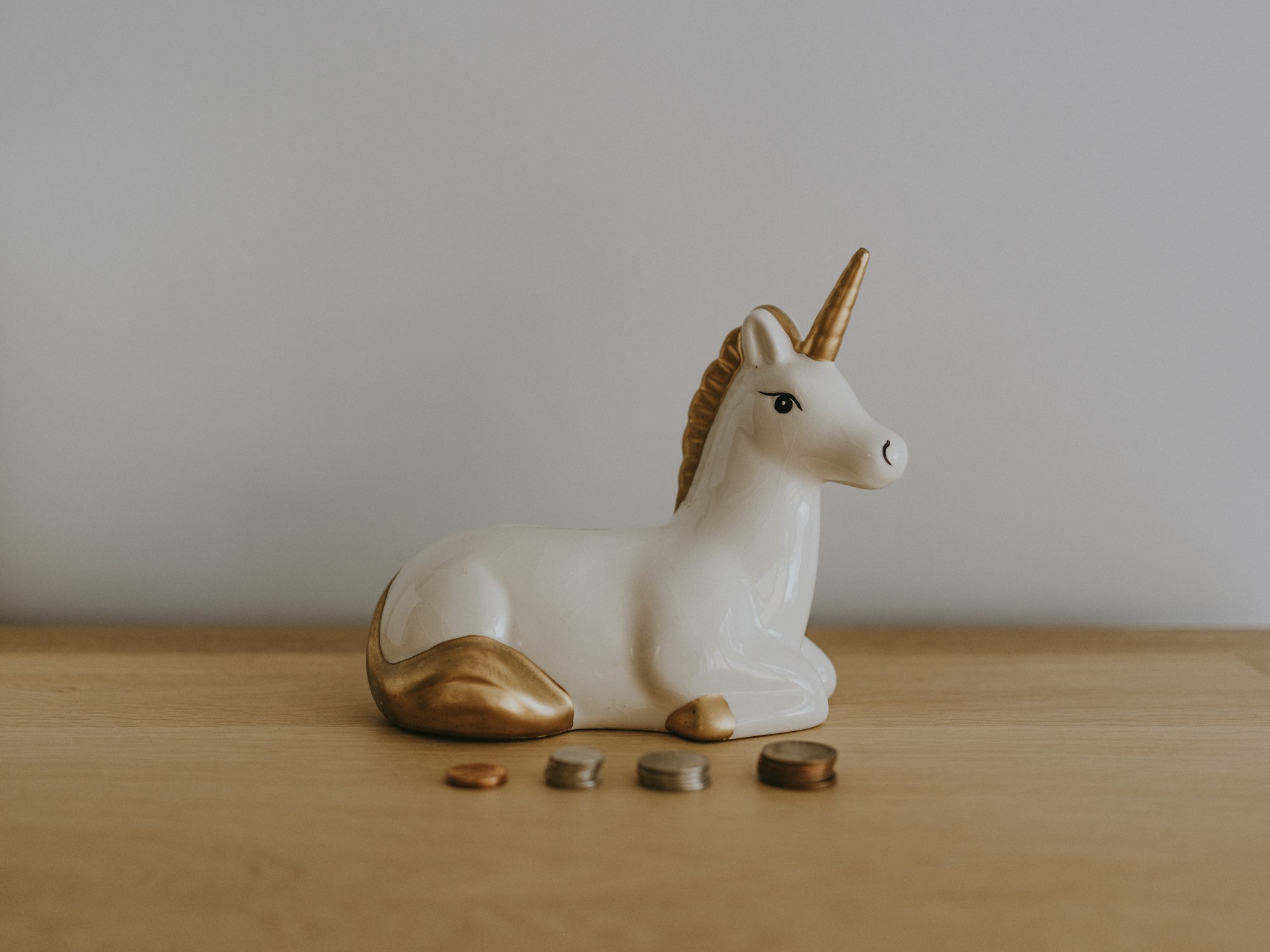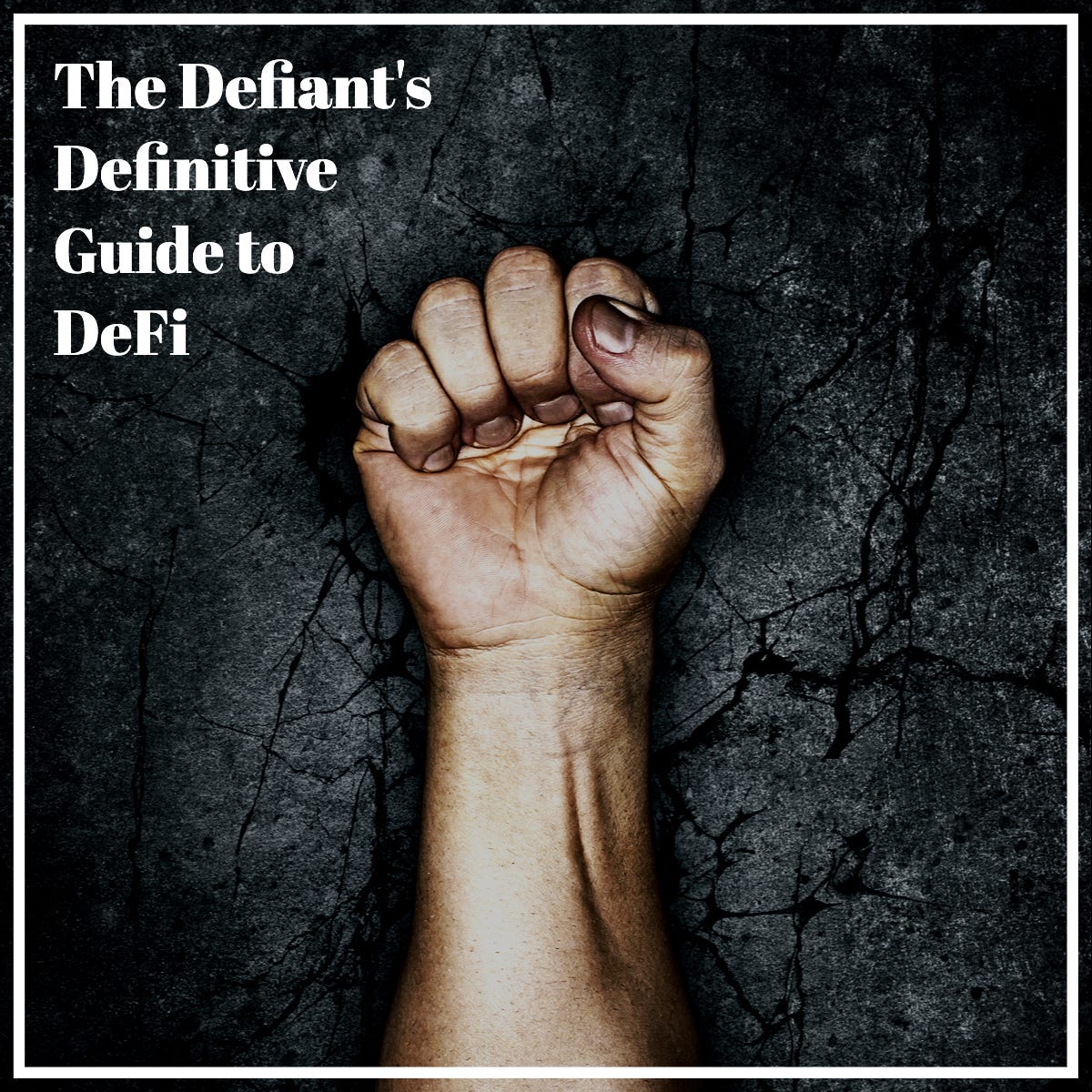Intro to DeFi

This won’t be a long post as I don’t want to reinvent the wheel and re-tell the same story as many people have told it much better than I even could. I will do a really brief introduction to DeFi for those who don’t know what it is and link to many interesting articles, videos, and guides that dives more deeply into the subject.
De.. what?
Decentralized Finance, or DeFi for short, is a new movement that wants to make a new financial system that is open to everyone and doesn’t require trusting the intermediaries like banks. To achieve that, DeFi relies heavily on cryptography, blockchain technology, and smart contracts.
What DeFi does that traditional financial institution doesn’t is democratizing the access to financial instruments for everybody with internet connection and become community-owned. Currently, most prominent DeFi products are being built on Ethereum. They are utilizing its robust smart contracts system or, in other words, scripts (tiny programs) that are being executed on a blockchain network.
DeFi, same as CeFi (Centralized Finance), offers a range of different financial products, but without the need for a third party like banks or brokers.
DeFi mainly consist of these sectors:
- Lending - the ability to easily lend and borrow crypto assets without a third party and earn interest on those assets. Every user can become a bank. No need for additional verification. You just need to hold cryptocurrency/crypto token
- Decentralized Exchanges (DeX) - Exchange of any crypto assets like cryptocurrency or tokens directly with another user. You can also earn money if you add liquidity to that crypto asset’s market. There’s no need for an intermediary.
- Derivatives - Same as with traditional finance, derivatives are contracts that derive their value from the performance of an underlying asset. They are on-chain (present on a blockchain network) representation of the said asset.
- Stablecoins - Some cryptocurrencies/tokens are pegged to the US dollar without having to store dollars in the real world. Other cryptocurrencies represent US dollars amount in the real world (X amount of tokens equals X amount of $ $$$ stored in a bank). Stablecoins allow us to send money directly and instantaneously to other people on the planet, whether it is as payroll for the employees, buying something, or having a crypto asset pegged to US dollar Euro and it immune to fluctuations of standard cryptocurrencies.
- Margin Trading - similarly to traditional finance, uses borrowed funds to increase a position in a specific asset.
This is it! There are more DeFi parts like insurance, oracles, or asset management. Still, as I said, there are already excellent guides created to teach you about the wonderful world of DeFi.
The Defiant

Finematics
Whole playlist just for DeFi is created.
Thanks for reading and see you in a next one!

